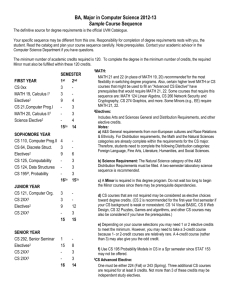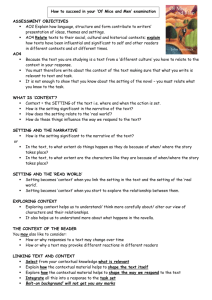ba_hons_contemporary_fine_arts - University of Central Lancashire
advertisement
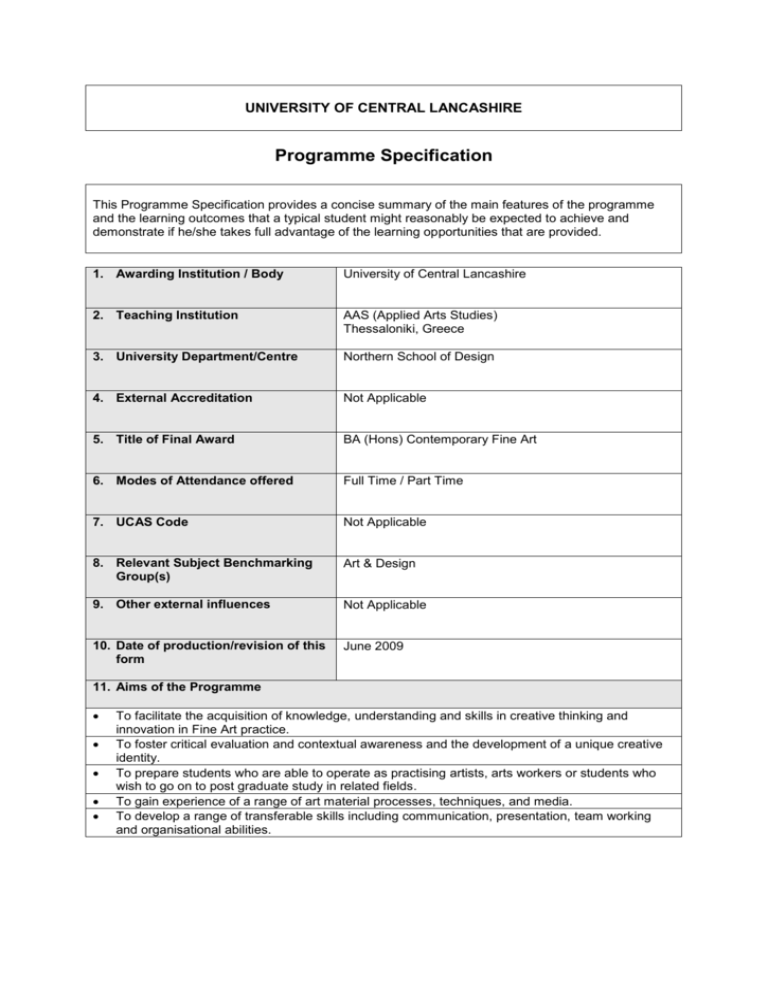
UNIVERSITY OF CENTRAL LANCASHIRE Programme Specification This Programme Specification provides a concise summary of the main features of the programme and the learning outcomes that a typical student might reasonably be expected to achieve and demonstrate if he/she takes full advantage of the learning opportunities that are provided. 1. Awarding Institution / Body University of Central Lancashire 2. Teaching Institution AAS (Applied Arts Studies) Thessaloniki, Greece 3. University Department/Centre Northern School of Design 4. External Accreditation Not Applicable 5. Title of Final Award BA (Hons) Contemporary Fine Art 6. Modes of Attendance offered Full Time / Part Time 7. UCAS Code Not Applicable 8. Relevant Subject Benchmarking Group(s) Art & Design 9. Other external influences Not Applicable 10. Date of production/revision of this form June 2009 11. Aims of the Programme To facilitate the acquisition of knowledge, understanding and skills in creative thinking and innovation in Fine Art practice. To foster critical evaluation and contextual awareness and the development of a unique creative identity. To prepare students who are able to operate as practising artists, arts workers or students who wish to go on to post graduate study in related fields. To gain experience of a range of art material processes, techniques, and media. To develop a range of transferable skills including communication, presentation, team working and organisational abilities. 12. Learning Outcomes, Teaching, Learning and Assessment Methods A. Knowledge and Understanding A1. Describe contextual themes and be able to discuss their relevance and significance toward historical and contemporary practice A2. Understand and employ a range of creative problem solving techniques A3. Demonstrate an ongoing personal dialogue with drawing and fine art practice A4. Develop and realise ideas and concepts from drawing-based research, question perceived notions and gain confidence in extending their own work Teaching and Learning Methods Acquisition of knowledge is achieved through workshop sessions and directed student-centred learning through practical demonstrations and exercises, research visits to exhibitions, technical induction and informed tutorial guidance. Understanding is reinforced through tutorial seminar or group critiqued work using a range of briefs to further the students’ personal practice. Assessment methods Knowledge and understanding will be assessed through project work, both practical and written. There is assessment at the end of each module or project, as specified in the Brief. Submission of written work and seminar presentations are highlighted where applicable. B. Subject-specific skills B1. Adopt appropriate drawing conventions and use of expressive mark-making B2. Organise and communicate ideas and solutions and develop analytical and critical abilities B3. Develop and realise ideas and concepts from drawing-based research, own source material and the work of other artists B4. Manage project work in an effective and professional manner B5. Understand and utilise the range of media and techniques used in Fine Art and related areas Teaching and Learning Methods Skills acquisition will be developed throughout the programme using practical briefs as a vehicle for both delivery and assessment. Basic skills development will be the focus of Level 1 modules with students being encouraged to develop and enhance these skills further at Level 2. Students will be required to listen to and take part in individual and group critiques and to complete evaluations of the work they have done for each brief. Assessment methods A variety of assessment methods will be used to assess these skills including completion of work by set deadlines, presentations, degree show assessment of work presented for exhibition. Individual tutorial sessions will encourage students to carefully consider the critical comments that have been made and received. Students will be encouraged to reflect on their individual acquisition of these skills through their Personal Development Plan. C. Thinking Skills C1. Integrate theory and practice C2. Demonstrate the creative thinking skills necessary to plan generate and develop ideas and concepts and present creative art work. C3. Apply the skill to criticise constructively C4. Demonstrate a personal dialogue, concept development and presentation techniques C5. Utilise critical evaluation and visual literacy Teaching and Learning Methods Intellectual skills are developed through practical work, tutorial seminar work and coursework assignments. Practical and project work is designed to allow students to demonstrate achievement of all the learning outcomes in this category Assessment methods Cognitive skills will be assessed through project work, both written and practice based. Assessment will evaluate student’s understanding of ideas, briefs, their ability to think creatively and problem solve, and their ability to make connections and contextualise their practice work. Group and individual critiques will provide students with feedback on their skill acquisition. D. Other skills relevant to employability and personal development D1. Work safely and confidently and be able to follow current and appropriate guidelines and legislation on Health & Safety D2. Produce individual body of work D3. Work independently D4. Communicate effectively D5. Document ongoing practice and be able to present this in an orderly format in line with understanding professional conduct and codes of practice Teaching and Learning Methods Transferable skills are embedded in the programme curriculum and are intrinsic within each module. Course assignments and associated work seek to encourage to develop personal transferable skills and related competencies. Presentations, case studies and problem solving exercises, and research help this process along. Assignments in a module will provide opportunities for practical project work, research appropriate to the level of study, the development of problem solving skills and critical thinking. Assessment methods Assessment of these skills will be through the project briefs, written assignments, case studies, problem solving exercises, and presentations linked to the module aims. The successful achievement of the learning outcomes will be evaluated through the students ability to articulate their aspirations, function independently, safely, considerately, and professionally. 13. Programme Structures* 14. Awards and Credits* Level Level 3 Module Code DD3000 DD3992 FA 3001 DD 3003 Level 2 Level 1 Module Title Contextual Studies – Design Futures Honours Project Fine Art Studies Professional Contemporary Fine Art Practice Credit rating 20 40 40 20 DD2000 FA2001 FA2002 Contemporary Contextual Studies Image and Context Experimental Studies 20 40 40 TI 2012 DD2177 PH2020 FA2004 PH2100 Elective (Free Choice from the following selection) Surface Design Student Initiated Module Photographic Critical Theory 2D Studies – Drawing Fashion & Photography 20 20 20 20 20 DD1000 DD1101 DD1601 Historical Contextual Studies Creative Thinking Art Studio Practice 1 20 40 40 FS 1111 DD1133 PV1022 PH1000 PH1060 FA1004 Elective (Free Choice from the following selection) Fashion Illustration and Presentation Techniques Student Initiated Module The Photographic Print Introduction to Editorial Photography Documentary Photography Practice And Theory Drawing Bachelor Honours Degree Requires 360 credits including a minimum of 120 at Level 3 Bachelor Degree Requires 320 credits including a minimum 180 at Level 2 or above and 40 at Level 3 HE Diploma Requires 240 credits including a minimum of 100 at Level 2 HE Certificate Requires 120 credits at level 1 or above 20 20 20 20 20 20 15. Personal Development Planning Art and Design courses are increasingly tailored to the individual student as they progress through levels one, two and three. You will be asked to keep a portfolio of work to track your development as an artist or designer towards the goals you set for yourself in consultation with your personal tutor. We aim to train you to take responsibility for your own learning and career development, to be able to evaluate your strengths and weaknesses and conduct a skills audit to develop a critical practice. This would cover an analysis of your general key skills base, for example: use of English, literacy and writing skills, numeracy, communication skills and use of IT. You will be encouraged to evaluate your strengths and weakness on a continual basis as you progress through different points during the course. Students will be directed by the tutor to resources/workshops as appropriate. PDP is designed to: enable you to work towards a point you would like to be at on graduation; to help you require the skills needed for your chosen career; evaluate your strengths and plan to deploy them in a range of situations at AAS and after graduation. In the first year [level one] you will be asked about your long term aspirations through the use of the studio/resources tutorials and the first year induction week questionnaire. In your second year [level two] these will be tracked and revised as appropriate, the Module content of FA2001 and FA2002 are designed to develop a range of personal and professional skills, career development and direction In your third year [level three] your personal aspirations will form the basis of project work and planning and the module DD3003 is specifically designed to develop professional practice and appropriate career ambitions. PDP is not assessed but will be monitored by scheduled tutorials with your the personal tutor. There will be one tutorial per semester, a Departmental pro-forma to complete, a copy of this will be kept by the member of staff, you will be encouraged to collate a personal file based on the reports and reference material you collect throughout the course modules and studio discourses. 16. Admissions criteria Programme Specifications include minimum entry requirements, including academic qualifications, together with appropriate experience and skills required for entry to study. These criteria may be expressed as a range rather than a specific grade. Amendments to entry requirements may have been made after these documents were published and you should consult the University’s website for the most up to date information. Students will be informed of their personal minimum entry criteria in their offer letter. Entry to the Degree Programmes validated from UCLAN will require: A successful Art & Design foundation year or equivalent professional experience Minimum requirement is evidence of a proficiency level of English Language to IELTS 6 An interview A portfolio presentation 17. Key sources of information about the programme Student course handbook Course Factsheet AAS Website AAS Prospectus 18. Curriculum Skills Map Please tick in the relevant boxes where individual Programme Learning Outcomes are being assessed Programme Learning Outcomes LEVEL 1 LEVEL 2 LEVEL 3 Level Note: Module Code Module Title Contextual Studies-Design DD3000 Futures Other skills relevant to employability and Core (C), Knowledge and Subject-specific personal Compulsory understanding Skills Thinking Skills development (COMP) or Option (O) A1 A2 A3 A4 B1 B2 B3 B4 B5 C1 C2 C3 C4 C5 D1 D2 D3 D4 D5 Core DD3992 Honours Project Core FA3001 Fine Art Studies Professional Contemporary DD3003 Fine Art Practice Contemporary Contextual DD2000 Studies COMP FA2001 Image and Content COMP FA2002 Experimental Studies ECTV (Elective) COMP OPT DD1000 Historical Contextual Studies Core DD1101 Creative Thinking Core DD1601 Art Studio Practice 1 ECTV (Elective) COMP OPT COMP Core Mapping to other external frameworks, e.g. professional/statutory bodies, will be included within Student Course Handbooks
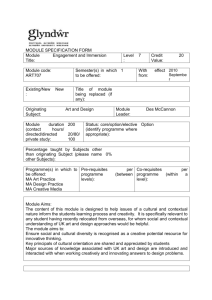
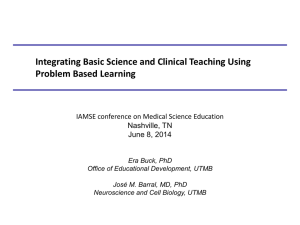
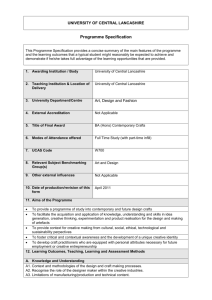

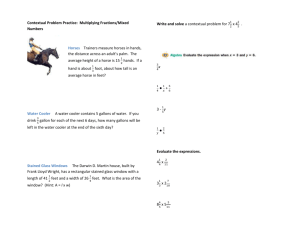
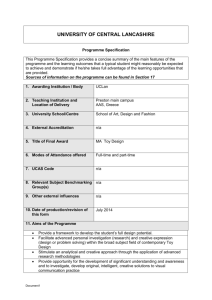
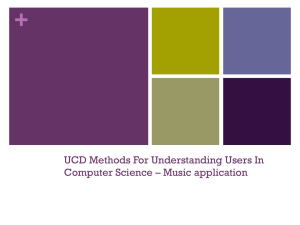
![FA801 [4] - University of Kent](http://s3.studylib.net/store/data/006628509_1-5ca1ad65bf344fd7e4f9aba2178de697-300x300.png)
